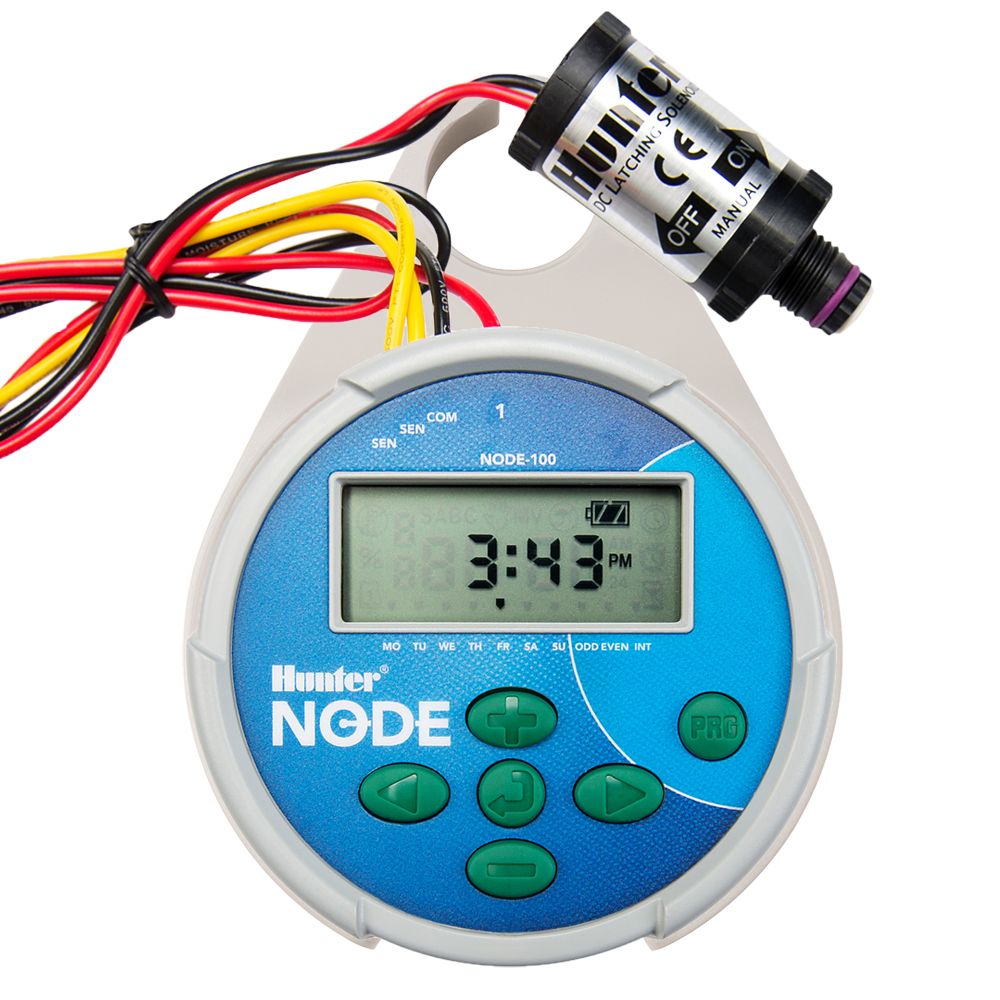Which Ones Are Best for Your Area
Efficient irrigation scheduling means watering only when needed. So how do you avoid watering when it’s not necessary? Various manufacturers make several different types of sensors for irrigation controllers, that measure rainfall, soil moisture, and freezing weather. These sensors connect to controllers and can pause irrigation schedules to avoid wasting water.
Rain Sensors:
Of all the types of weather sensors for irrigation controllers, the most used is the rain sensor.
- Mount rain sensors in a location exposed to normal rainfall, but outside the watering spray of the sprinkler system. There are different designs, but most have settings that allow some sort of measuring to take place. When a rain sensor detects a sufficient amount of rainfall it will pause the irrigation schedule temporarily.
- The settings can be adjusted so a light shower will not affect the system operation or eliminate a scheduled watering when rainfall is not sufficient to make up for a normal application.
Freeze Sensors:

- This type of sensor is very popular in commercial settings where ice on walkways or streets can cause liability. Freeze sensors have a place in the residential garden as well. Watering before or during heavy freezes can create problems with ice-laden shrubs and trees as well as creating the same liability concerns the commercial user experiences.
- The freeze sensor is mounted on an outside wall in a location most likely to experience freezing conditions. It will interrupt the signal to the control valves when temperatures fall below freezing. When conditions improve, the system will return to normal operation.
- Many freeze sensors also do double duty as rain sensors. Shop for rain/freeze sensors here.
Wind Sensors:
- Look at any sprinkler’s performance chart and you’ll see that the data was gathered from tests conducted under zero wind conditions.
- Of course, in the real world, not every day is a calm one. And, while most sprinklers can still perform at close to peak efficiency with some type of breeze when the air movement starts to get stronger, water coverage can get challenging, questionable, and downright messy. It can even become a liability issue when windblown sprinklers soak pedestrian paths or roadways with passing cars.
- Shop for wind sensors here.































